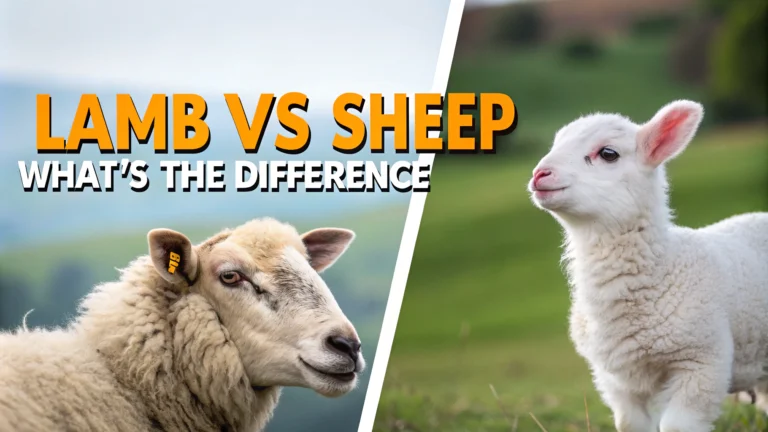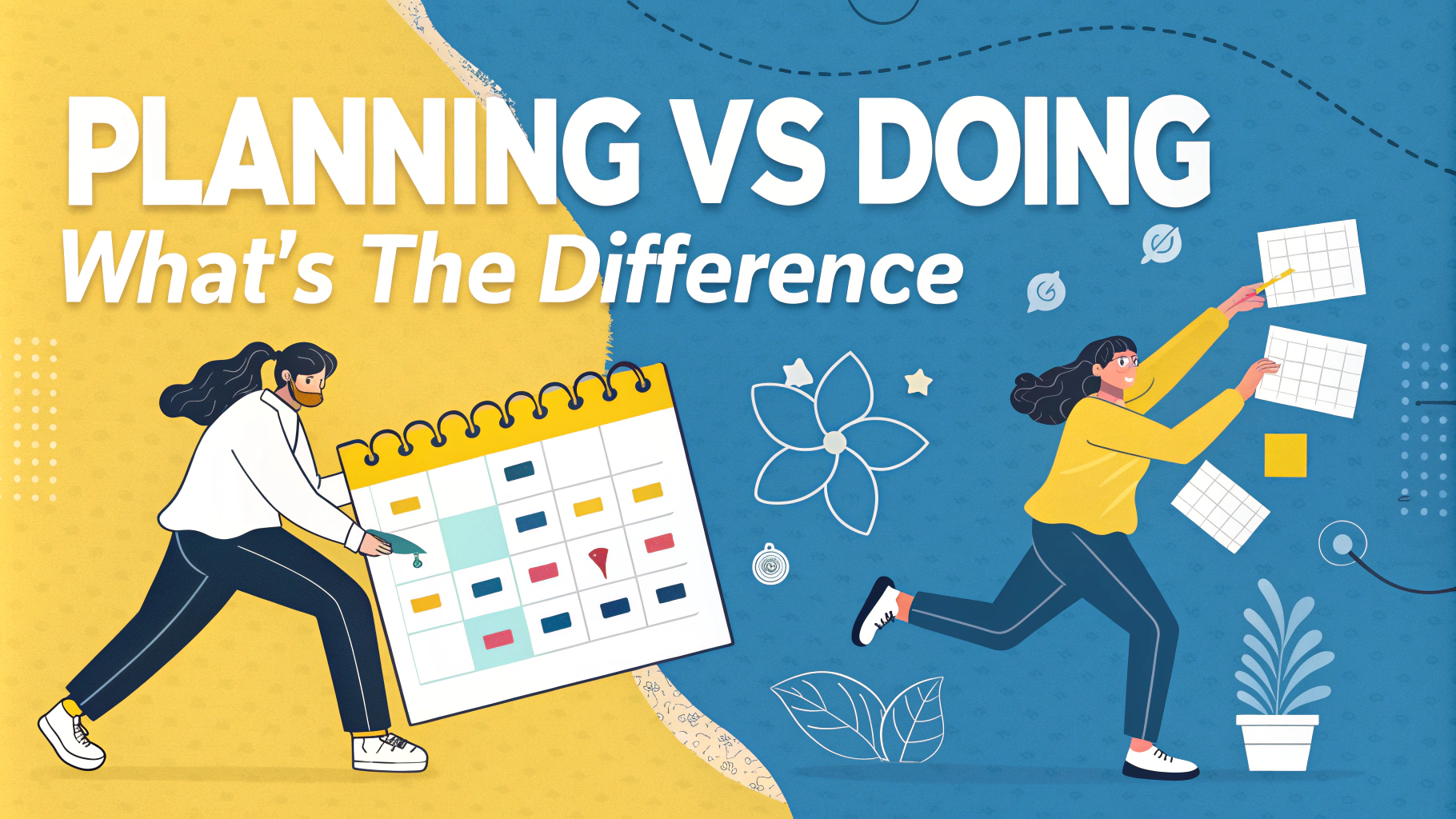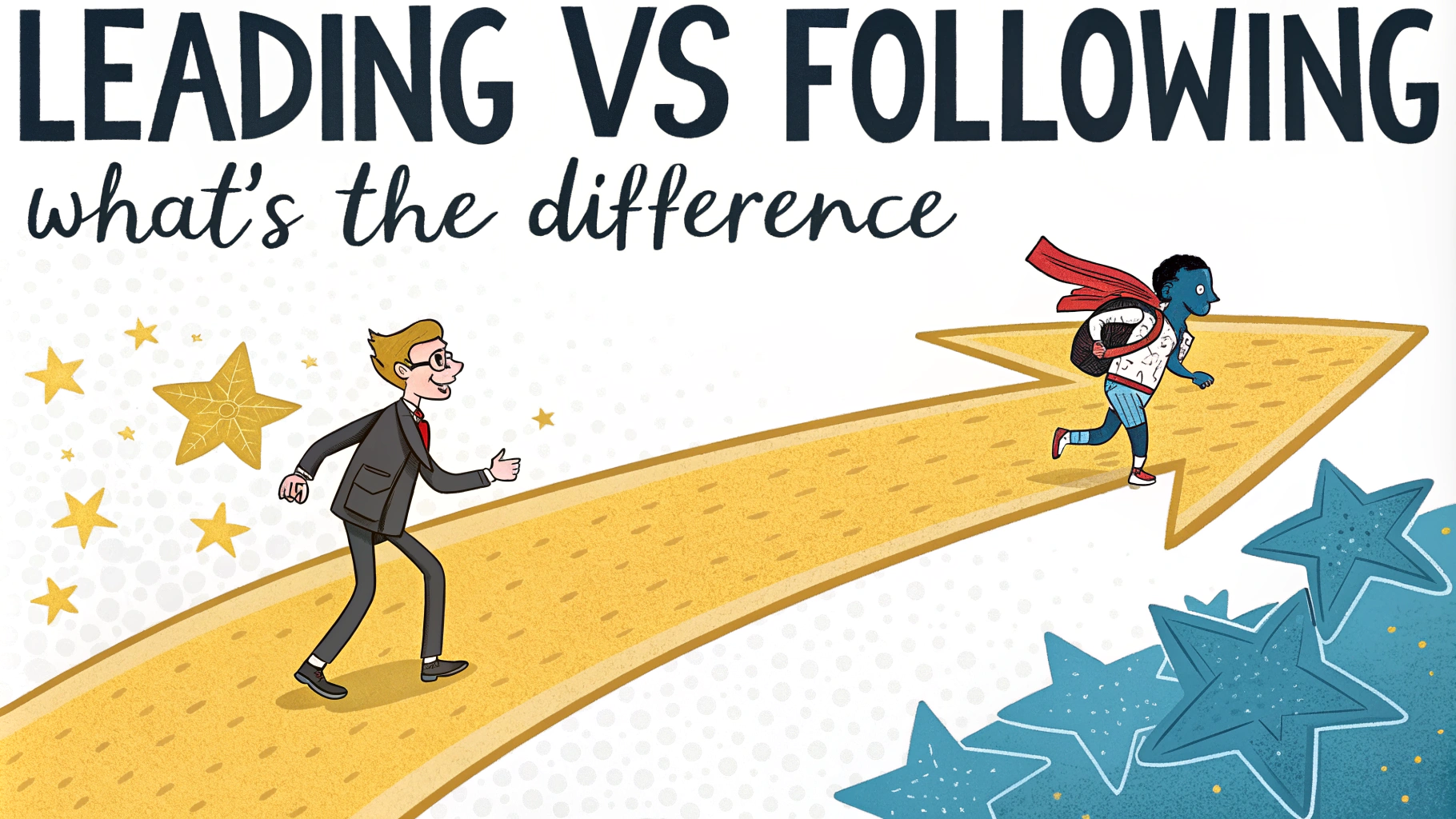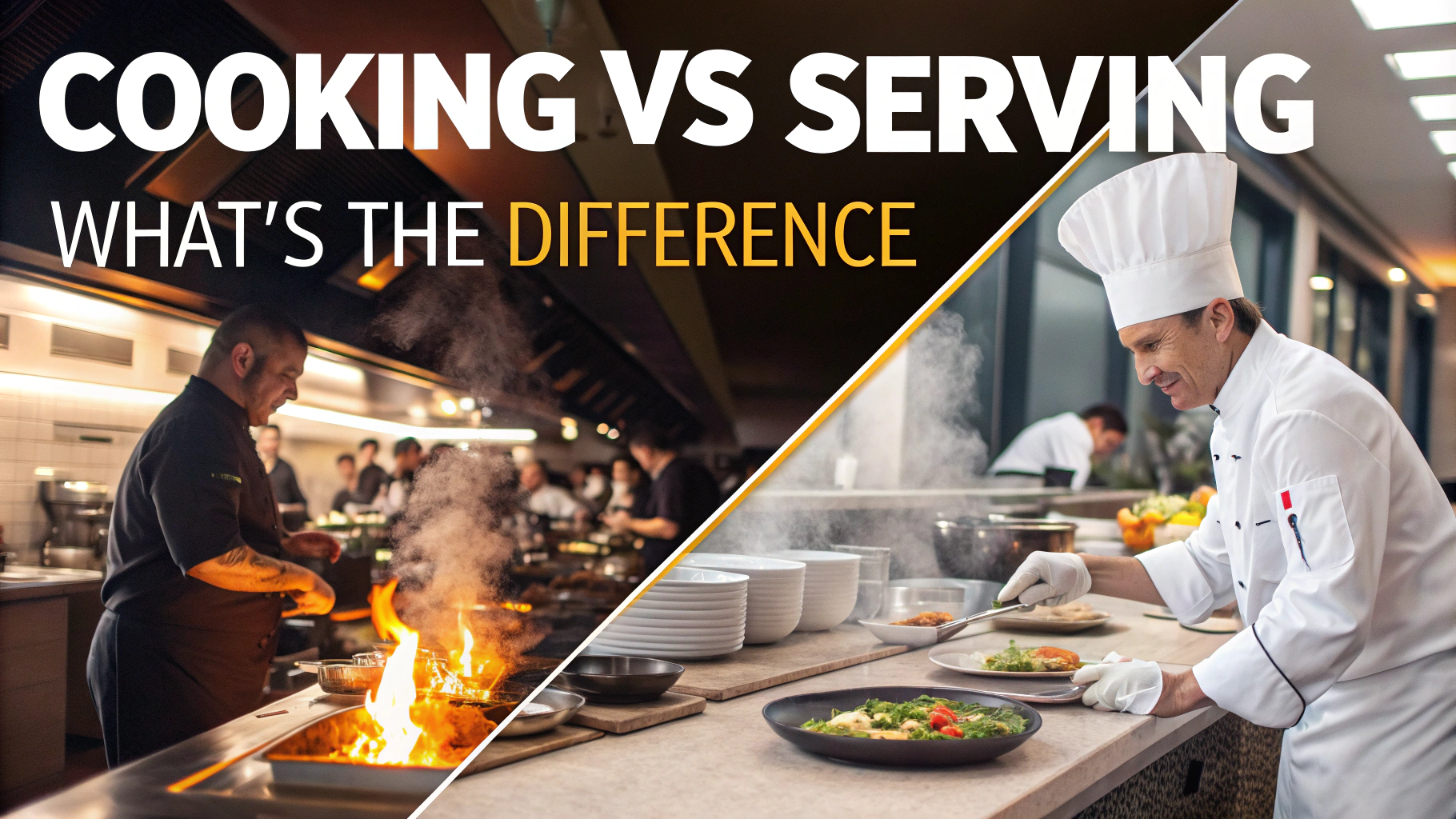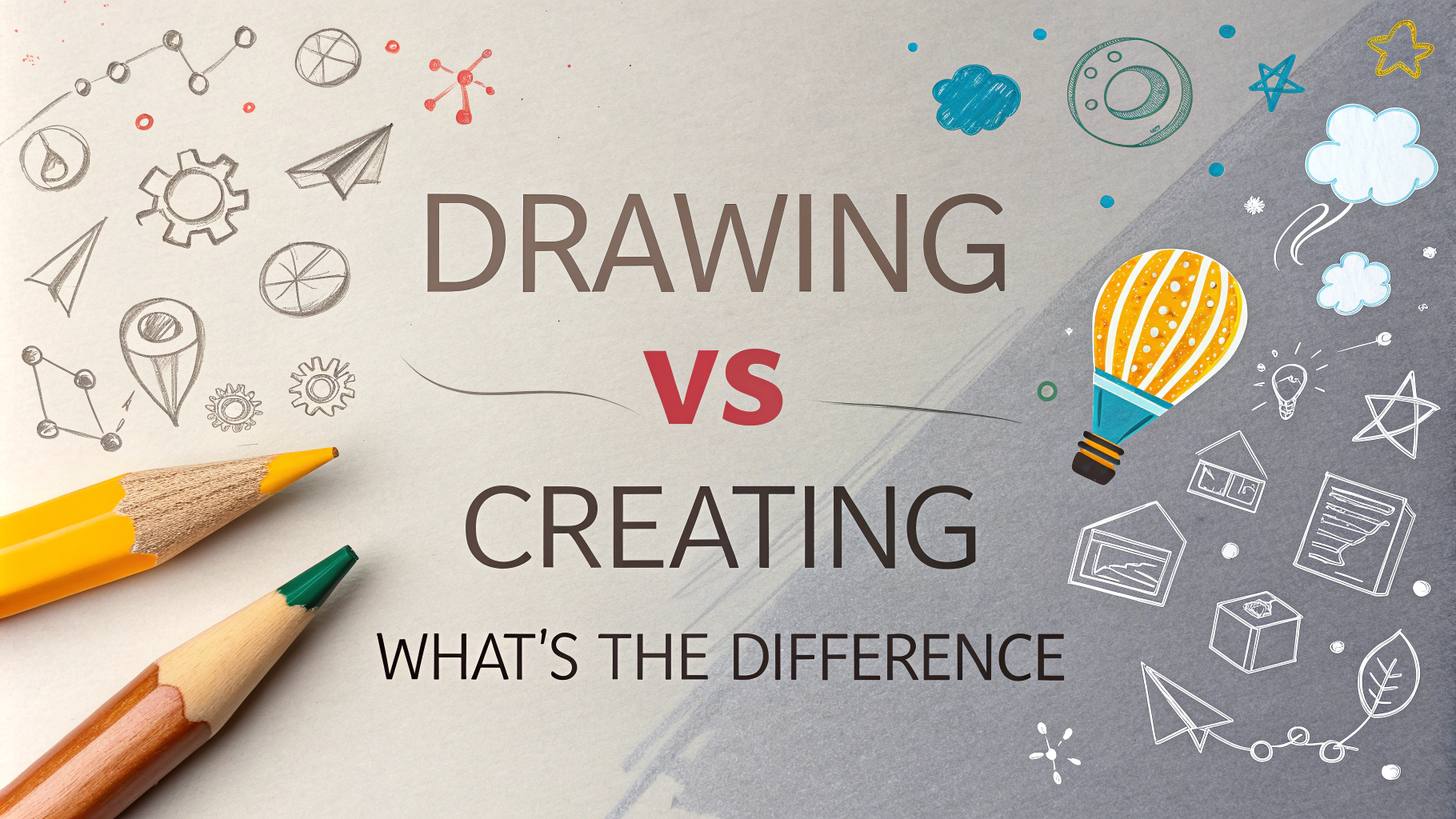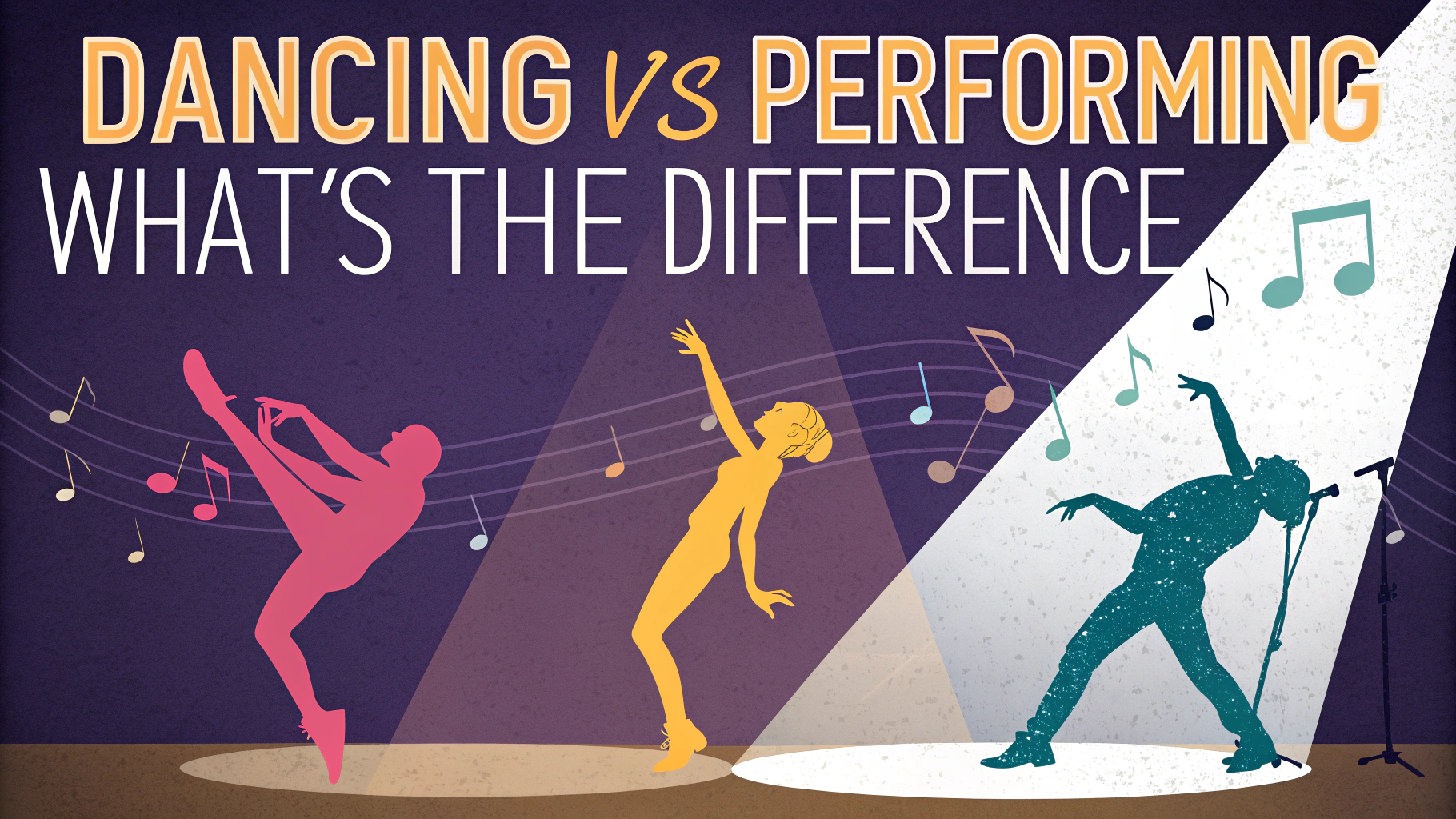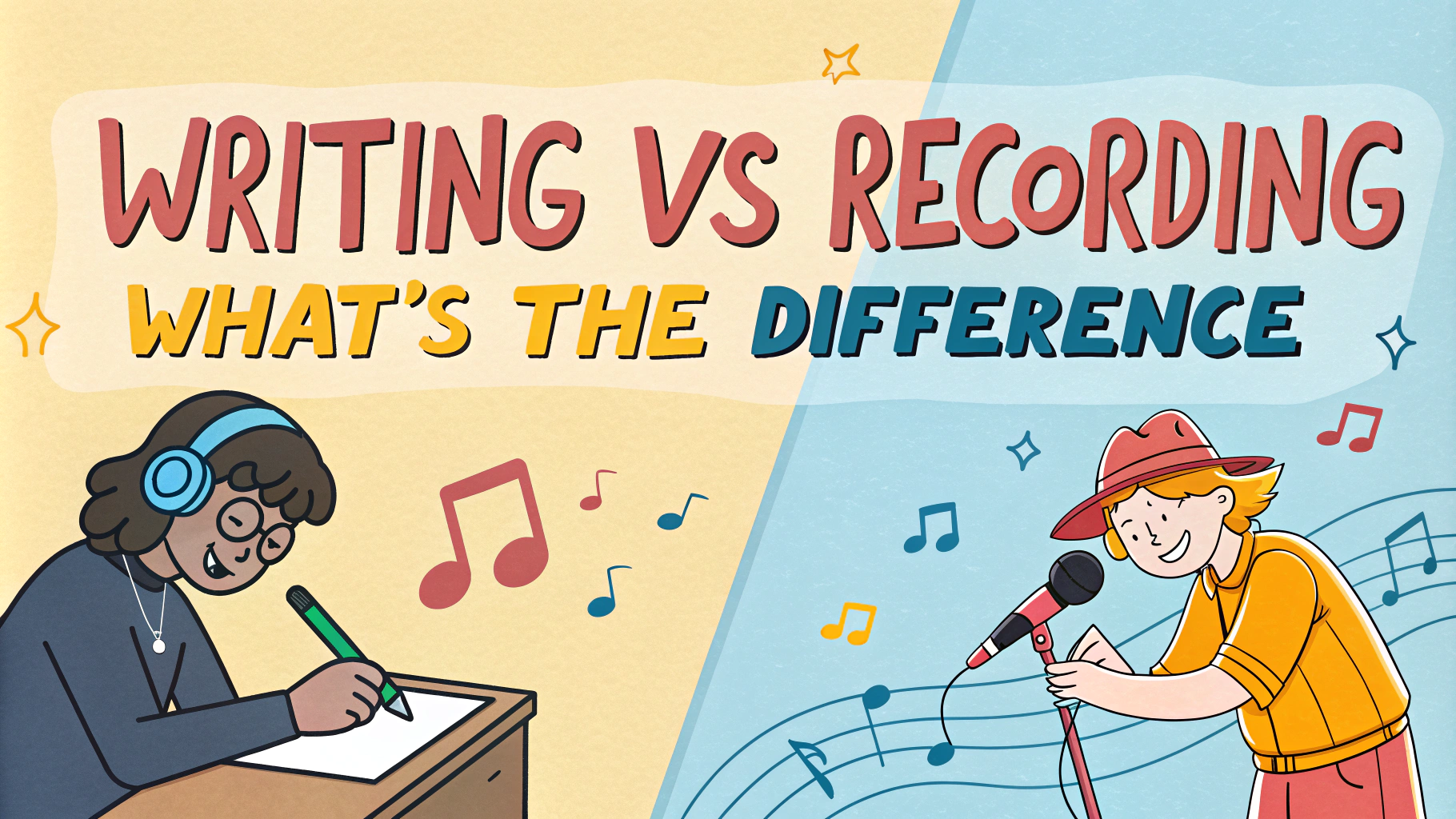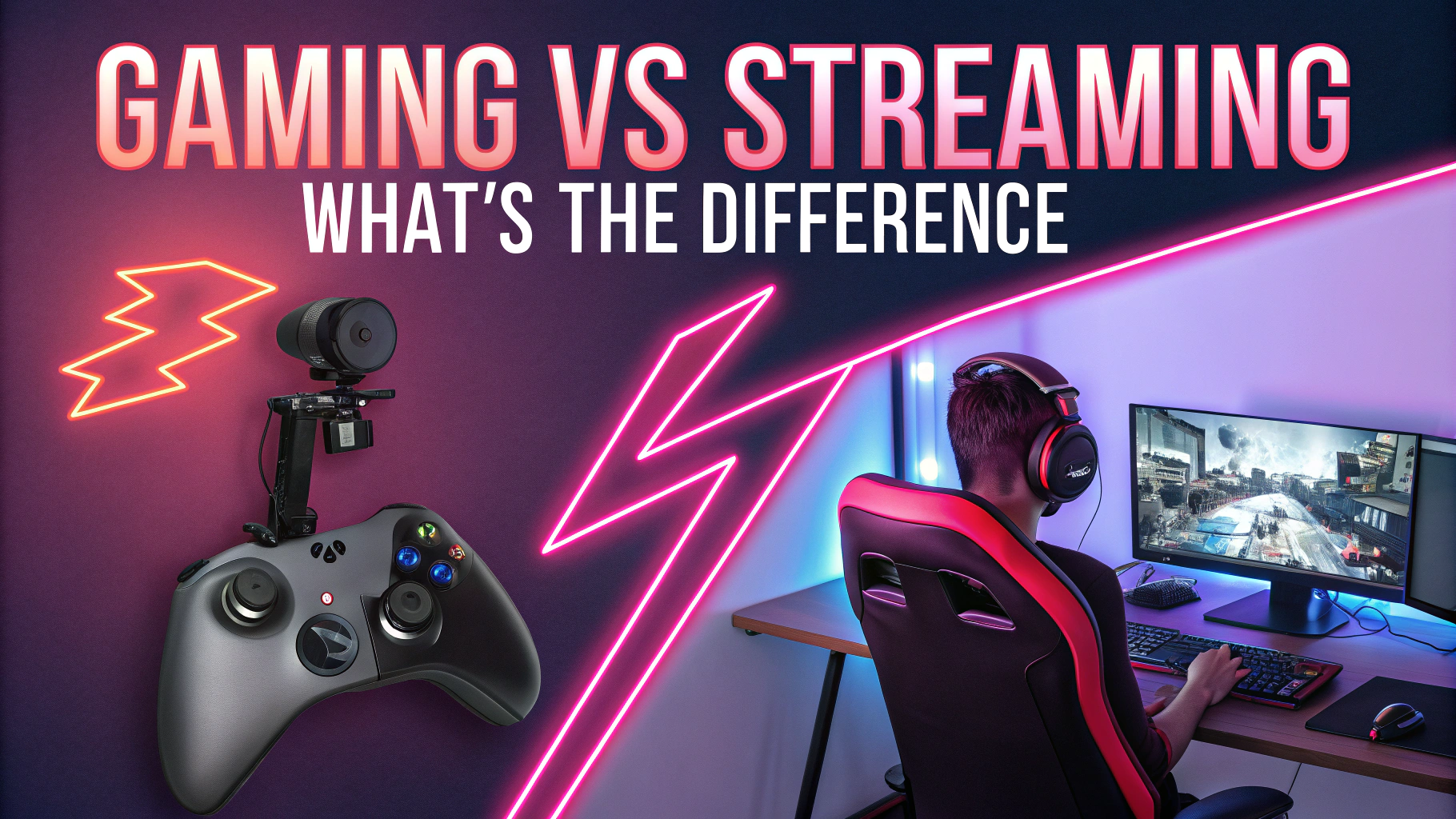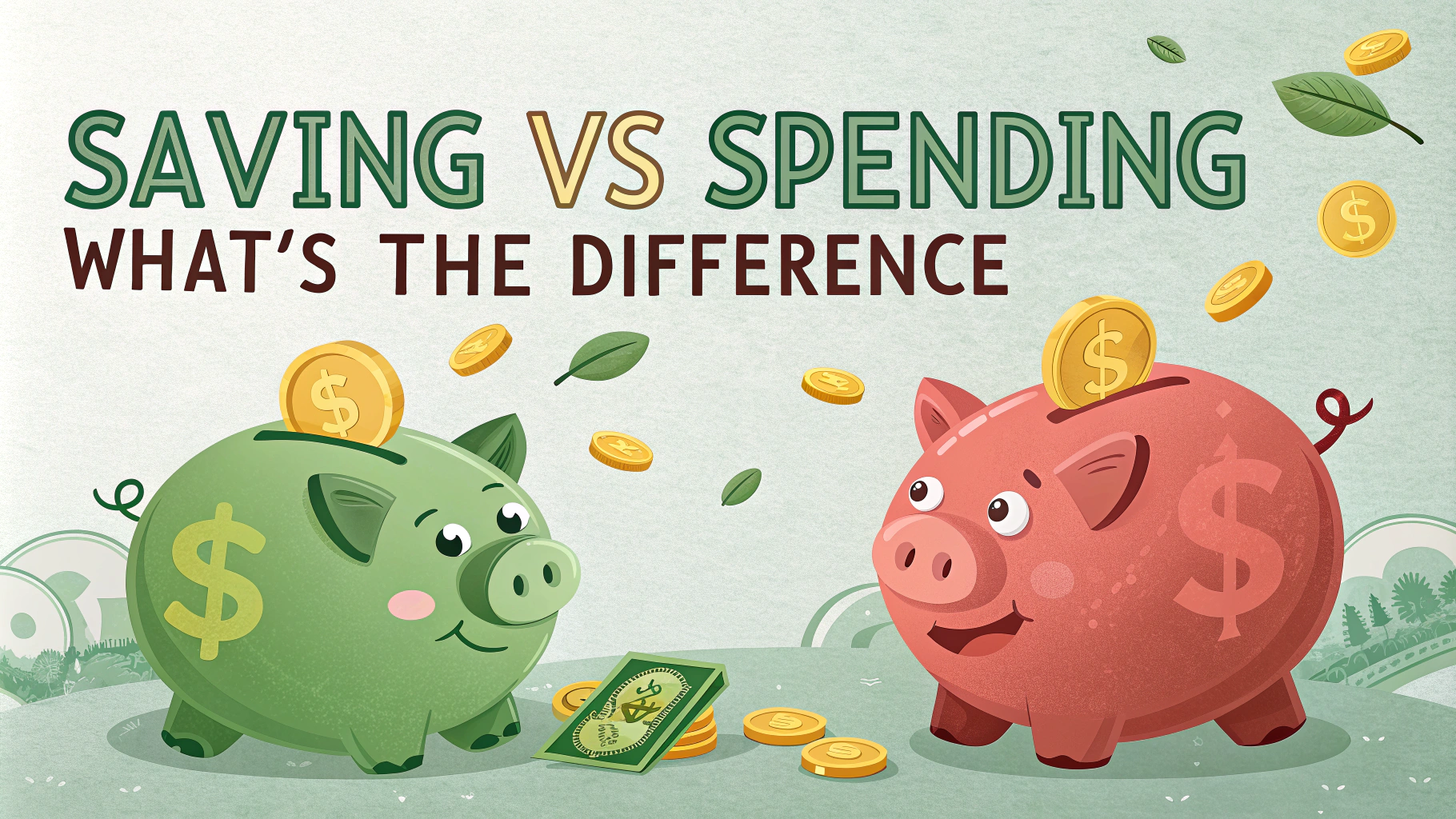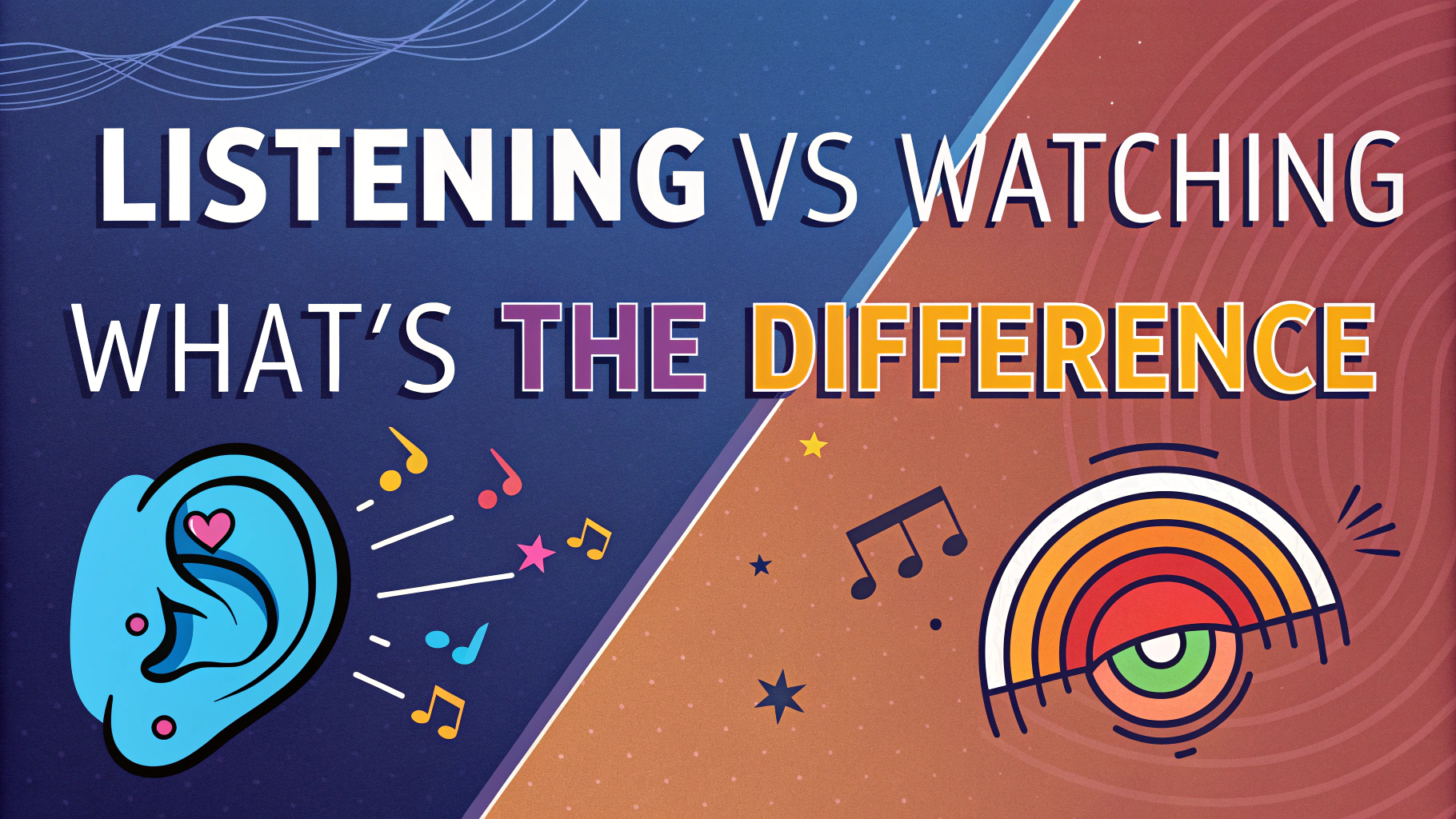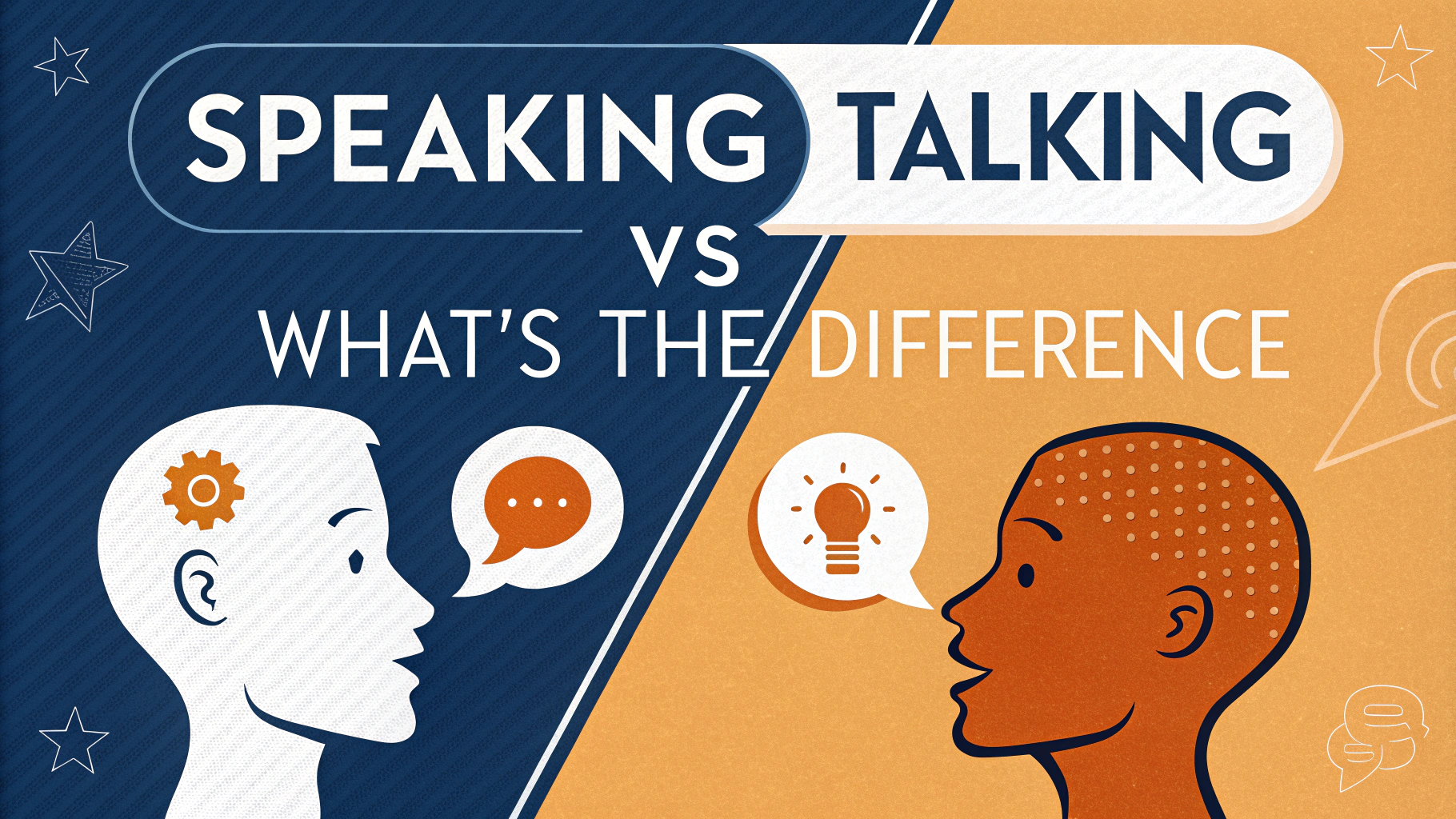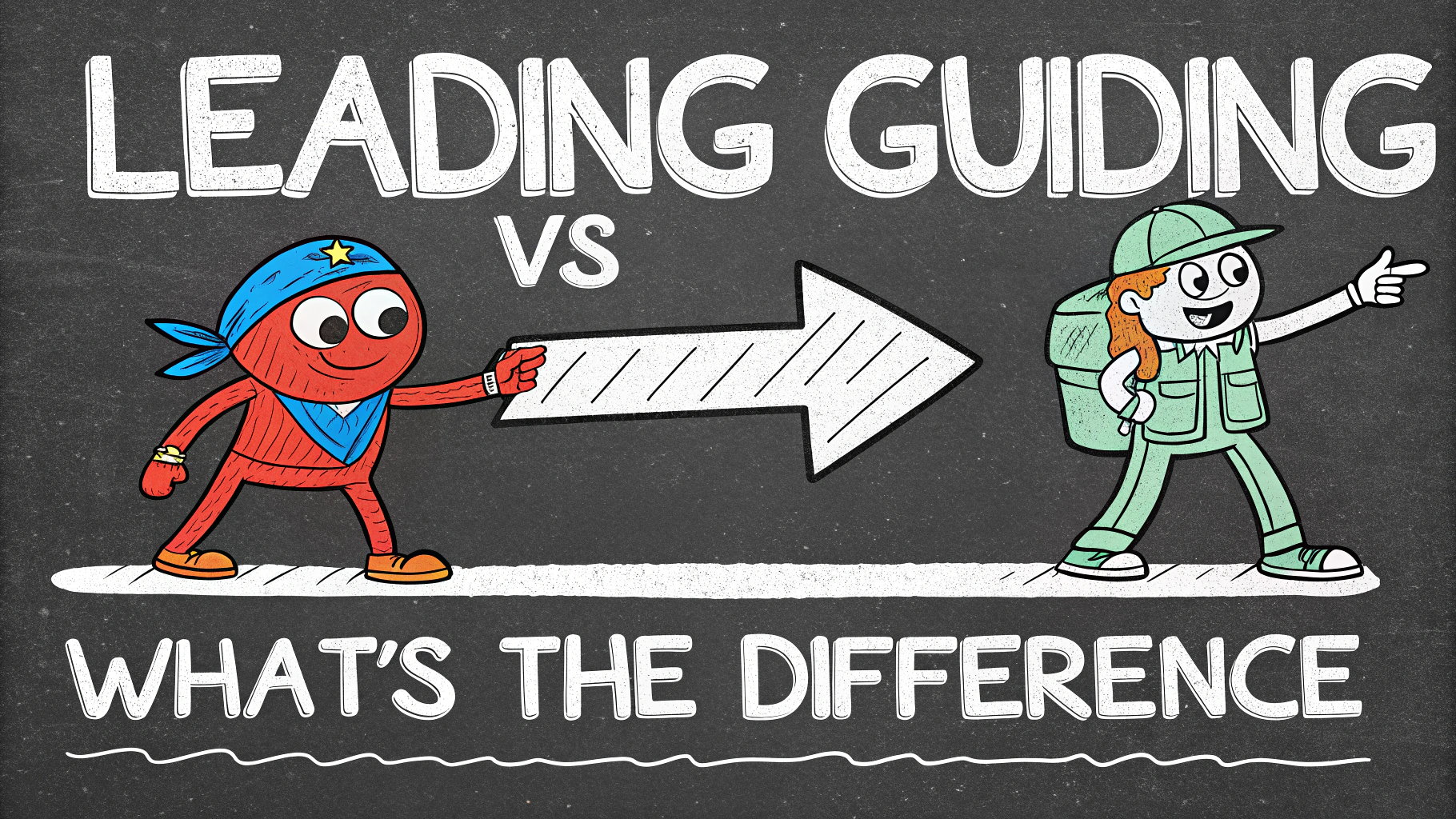Ever wondered about the difference between lamb and sheep? You’re not alone. Many people use these terms interchangeably, but there’s more to it than meets the eye.
This quick guide will clear up the confusion and help you understand the key distinctions between lamb and sheep. We’ll explore age differences, meat characteristics, and practical tips for selecting and preparing both.
Whether you’re a curious food enthusiast or simply want to make informed choices at the grocery store, this article has you covered. Let’s dive into the world of lamb and sheep!
Age and Classification: When is a Lamb No Longer a Lamb?
The primary difference between lamb and sheep lies in their age. Here’s a quick breakdown:
- Lamb: Generally refers to sheep under one year old
- Hogget: Sheep between one and two years old
- Mutton: Sheep over two years old
In the culinary world, lamb is typically slaughtered between 4-12 months of age. After this point, the meat is no longer considered lamb.
Meat Characteristics: Flavor, Texture, and Nutritional Differences
The age of the animal significantly impacts the taste and texture of the meat:
- Lamb: Tender, mild flavor, lighter in color
- Mutton: Tougher, stronger flavor, darker in color
Nutritionally, both lamb and mutton are excellent sources of protein, B vitamins, and minerals. However, lamb tends to be slightly higher in fat content.
Choosing and Preparing: Tips for Selecting the Right Cut
When shopping for lamb or sheep meat, consider these factors:
- Color: Look for pink to light red meat for lamb, darker red for mutton
- Fat content: Lamb typically has more marbling
- Cut: Different cuts suit various cooking methods
For tender cuts like lamb chops or leg of lamb, quick cooking methods like grilling or roasting work well. Tougher cuts of mutton benefit from slow cooking techniques like braising or stewing.
Cooking Techniques for Lamb and Mutton
Knowing how to cook lamb and mutton properly can make a huge difference in taste and texture. Here are some tips:
Lamb
- Roasting: Best for leg of lamb or rack of lamb
- Grilling: Ideal for chops and cutlets
- Pan-searing: Works well for smaller cuts like loin chops
Mutton
- Slow-cooking: Perfect for tough cuts like shoulder or shank
- Braising: Adds flavor and tenderness to mutton dishes
- Stewing: Great for making hearty, flavorful meals
Remember to let the meat rest after cooking to allow juices to redistribute.
Flavor Pairings and Seasoning
Enhance the natural flavors of lamb and mutton with these complementary ingredients:
- Herbs: Rosemary, thyme, mint, oregano
- Spices: Cumin, coriander, paprika, garlic
- Fruits: Lemon, pomegranate, apricot
- Vegetables: Eggplant, bell peppers, onions
Experiment with different combinations to find your favorite flavor profiles.
Health Benefits and Nutritional Considerations
Both lamb and mutton offer nutritional benefits:
- High-quality protein for muscle growth and repair
- B vitamins for energy metabolism
- Iron for healthy blood cells
- Zinc for immune function
However, they are also high in saturated fat. Consider trimming visible fat before cooking and choosing leaner cuts for a healthier meal.
Sustainability and Ethical Considerations
When buying lamb or mutton, consider these factors:
- Grass-fed vs. grain-fed: Grass-fed animals often have a better environmental impact
- Local sourcing: Reduces transportation emissions
- Animal welfare: Look for certifications indicating humane treatment
Making informed choices can help support sustainable and ethical farming practices.
Conclusion
Understanding the differences between lamb and sheep can enhance your culinary experiences and help you make informed choices. Remember:
- Age determines classification: lamb, hogget, or mutton
- Cooking techniques vary based on cut and age
- Flavor pairings can elevate dishes
- Both offer nutritional benefits but moderation is key
- Consider sustainability and ethics when purchasing
Armed with this knowledge, you’re ready to explore the delicious world of lamb and mutton with confidence.
FAQs: Lamb vs. Sheep
1. What’s the main difference between lamb and sheep?
The primary difference is age. Lambs are young sheep, typically under one year old. Sheep are mature animals over one year of age.
2. Is lamb meat healthier than mutton?
Lamb meat is generally considered more tender and flavorful than mutton. It’s also typically lower in fat, making it a healthier option for some diets.
3. How can I tell if I’m buying lamb or mutton at the store?
Look for these indicators:
- Color: Lamb meat is usually lighter pink than mutton
- Fat color: Lamb fat is white, while mutton fat is yellowish
- Bone: Lamb bones are porous, mutton bones are harder
- Label: Most packaging will clearly state “lamb” or “mutton”
4. What are the best cuts of lamb for grilling?
The best lamb cuts for grilling include:
- Lamb chops
- Leg of lamb (butterflied)
- Lamb sirloin
- Lamb kebabs
5. How long does it take for a lamb to become a sheep?
A lamb is considered a sheep at 12 months old. However, some farmers may use the term “hogget” for sheep between 1-2 years old before calling them adult sheep.
6. What’s the difference in wool quality between lambs and adult sheep?
Lamb’s wool is generally softer, finer, and more valuable than adult sheep wool. It’s often used in high-quality garments and considered hypoallergenic.
7. Are there specific breeds better for lamb meat production?
Yes, some breeds known for quality lamb meat include:
- Suffolk
- Dorper
- Hampshire
- Texel
8. How does the taste of grass-fed lamb compare to grain-fed lamb?
Grass-fed lamb often has a stronger, more distinctive flavor and leaner meat. Grain-fed lamb tends to be milder in taste and have more marbling.
9. What’s the ideal weight for slaughtering lamb?
The ideal slaughter weight for lamb is typically between 100-145 pounds, depending on the breed and market preferences.
10. How do lamb and sheep prices compare in the livestock market?
Lamb prices are generally higher than sheep prices due to the tender meat and higher demand. Market prices fluctuate based on season, supply, and demand.
11. What are the nutritional differences between lamb and mature sheep meat?
| Nutrient | Lamb | Mature Sheep |
|---|---|---|
| Protein | Similar | Similar |
| Fat | Lower | Higher |
| Calories | Lower | Higher |
| Flavor | Milder | Stronger |
12. How does lamb meat consumption vary globally?
Lamb consumption varies widely. Countries with high lamb consumption include:
- New Zealand
- Australia
- Greece
- Middle Eastern countries
In contrast, countries like the US have lower lamb consumption rates.
13. What are the environmental impacts of raising lambs vs. adult sheep?
Raising lambs for meat can have a lower environmental impact than adult sheep due to shorter lifespans and less feed consumption. However, sustainable practices are crucial for both.

